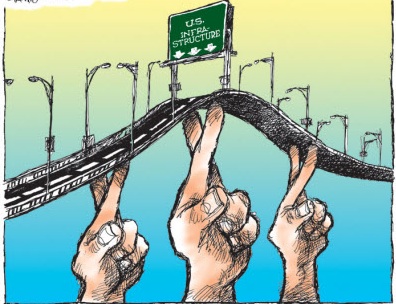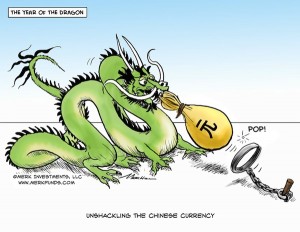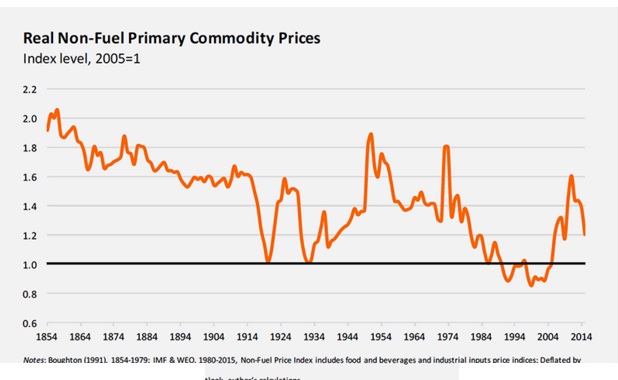Equity requirements upped for banks and questions about the size of banks subject to US Fed regulation.
The largest U.S. banks would face a $120 billion total shortfall of long-term debt under a Federal Reserve proposal aimed at ensuring their failure wouldn’t hurt the broader financial system.
Banks such as Wells Fargo & Co. and JPMorgan Chase & Co. will be required to hold enough debt that could be converted into equity if they were to falter, according to a Fed rule that was approved by a unanimous vote on Friday. The Fed’s proposal, which applies to eight of the biggest U.S. banks, requires debt and a capital cushion equal to at least 16 percent of risk-weighted assets by 2019 and 18 percent by 2022.
Ian Katz writes: The broad strokes of the proposal, including the lengthy phase-in period and the 18 percent target instead of what some bankers thought could be as high as 20 percent, are easier than many in the industry expected.
The rule on total loss-absorbing capacity, or TLAC, is a key part of regulators’ efforts to avoid another financial crisis. If U.S. banks were to fail, investors in their stock would lose everything, but the debt would be converted into equity in a new, reconstituted bank under the plan. It’s an element of the so-called living wills banks must submit to the Fed and Federal Deposit Insurance Corp. each year to map out their hypothetical demise.
The reason for the provision: When a bank fails, regulators want it to have a war chest to fund a new, healthy version of the company — hopefully without a dime from taxpayers.
Wells Fargo had been perceived as facing the toughest road under the rule because of its reliance on deposits rather than debt.
The Financial Stability Board, a group of global regulators that makes recommendations to the Group of 20 nations, plans to phase in a TLAC rule requiring long-term debt of at least 16 percent of risk-weighted assets starting in 2019 and 18 percent by 2022.
The Fed also approved mandatory levels of minimum long-term debt, which vary depending on how large and complex the banks are.
Since the financial crisis, the Fed has consistently written rules that have been more stringent than global regulatory accords on capital and liquidity.
Banks are now subject to regulation if they have $50 billion in assets. Banks have asked to up this to $500 billion. The Fed set new requirements to help protect against bank failures; “The final rule establishes a number of enhanced prudential standards for large U.S. bank holding companies and foreign banking organizations to help increase the resiliency of their operations. These standards include liquidity, risk management, and capital. It also requires a foreign banking organization with a significant U.S. presence to establish an intermediate holding company over its U.S. subsidiaries, which will facilitate consistent supervision and regulation of the U.S. operations of the foreign bank. The final rule was required by section 165 of the Dodd-Frank Wall Street Reform and Consumer Protection Act.” from the US Fed.








